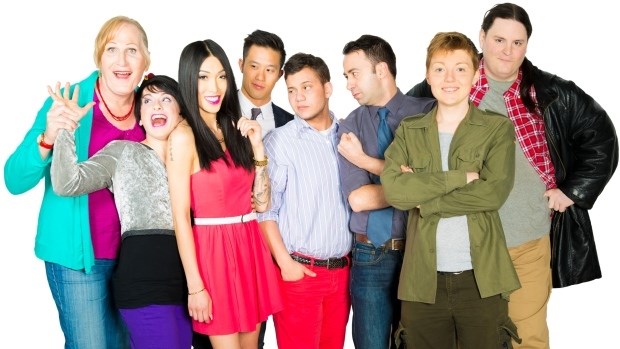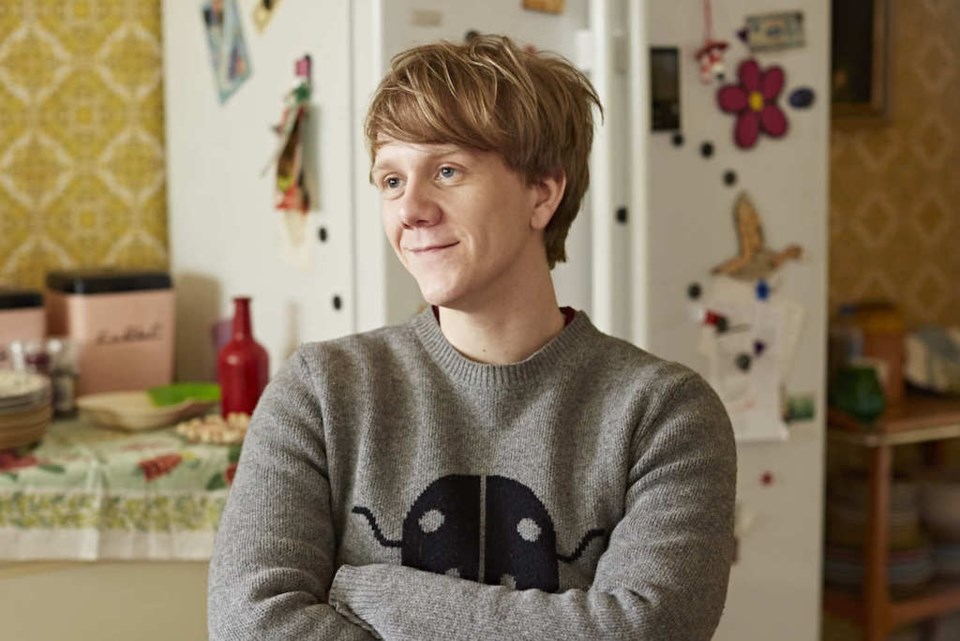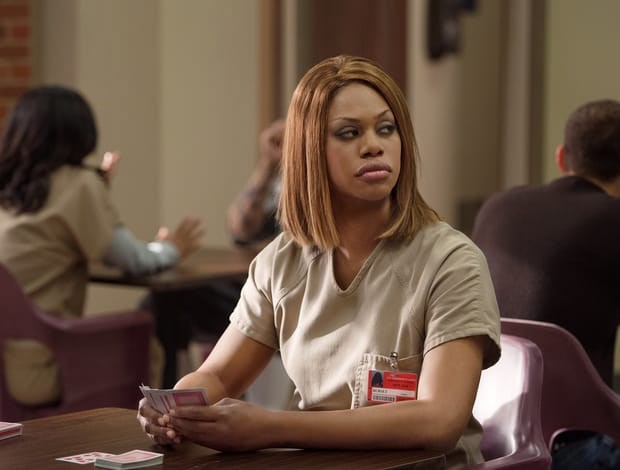When you turn on the TV, do you see yourself represented? Some people have no issue finding a character to whom they can relate; but for many folks in the LGBTQ+ community, they have to look harder to see characters like themselves on television.
Media has come a long way since the first gay character was seen on primetime TV. It was 1977 and Billy Crystal played Jodie Dallas, a gay man, on the series Soap. The first kiss between a same sex couple on network TV came 14 years later, in 1991, on an episode of L.A. Law. This sparked controversy and advertisers threatened to pull their ads over the scene, yet boundaries continued to advance.
And the impact of media in educating the masses cannot be overlooked. TV shows that were influential in breaking ground for LGBTQ+ rights and awareness include Will and Grace (1998-2006), Buffy the Vampire Slayer (1997-2003), The L Word (2004-2009) and Glee (2009-2015). More recently, shows on the streaming service Netflix, such as Orange is the New Black, Brooklyn 99, Archer and 13 Reasons Why, have been redefining LGBTQ+ stereotypes by showing a variety of LGBTQ+ characters in roles that go beyond just their sexuality.
Meanwhile, children’s shows such as Stephen Universe and Gravity Falls are writing in more LGBTQ+ characters, and, locally, the independent series The Switch has broken ground as “the first transgender comedy to air on television and the first television show to put a trans actor in the lead role.”

For Amy Fox, creator of The Switch and an actress on the show, it was important that all the roles be played by trans actors, and that transgender people see realistic representations of themselves on TV.
“Stories help us understand our worlds. When [the] stories that we enjoy pretend that we don’t exist, or that we exist only to round out the stories of the majority, whether we’re a moral lesson, or an object of pity, or comic diversion, we don’t feel like our stories are important.” she explains. “The goal of The Switch is to show that trans lives are real, they are diverse, they are interesting and they’re good TV.”
Fox notes that she has noticed positive changes in terms of diversity and representation on TV, but issues that remain include the fetishizing of queer characters, casting cisgender people in transgender roles (seen in movies such as 3 Generations), and transgender characters in shows and movies primarily being shown as drug addicts and sex workers – a prime example being Jared Leto’s role in Dallas Buyers Club or D.J. Pierce in The X-Files – or violent criminals.
“I see some improvements on stereotyping, but not across the board. I see some shows that are interested in being in the 21st century, but some shows still are, like, stuck in the ’90s,” Fox says.
Telyn Kusalik is a member of the organizing collective and media liaison for Vancouver’s End Gender Oppression Now! march, which marched on Aug. 4 to celebrate gender diversity and fight against transphobic oppression.
Kusalik feels that transphobia is still widespread; partly due to the lack of representation in media.
“A lot of that has to do with the fact that trans folk aren’t portrayed in media, and when we are, they often become caricatures,” they say. “They will much more often be one-dimensional characters, rather than people with families and careers, who have relationships with other characters on the show.”
This has an especially negative impact on people who are trans and not out yet, says Kusalik. “If you go through that struggle without seeing three-dimensional trans characters, you’re less likely to feel like you really exist.
“It’s important to have role models with your characteristics, who are not killed off in the first episode.”
Kusalik feels that Orange is the New Black has one of the best representations of a transgender woman on television in Laverne Cox, who stars as inmate Sophia Burset, but is critical of the fact that this example revolves around a character who is a criminal. “It’s a prison drama,” they say, dryly. “But it’s the best one I can think of, so, the best representation of a black trans woman on TV right now is one who is incarcerated. That’s not really saying a lot.”
They add that one area the media can immediately improve on is providing work for transgender and other LGBTQ+ actors by casting the appropriate people for the role. “Just as they can’t have white people play people of other races, a cis person shouldn’t play a trans character, because that is deeply offensive to trans people. Every time a cisgendered person plays a trans character, a trans actor loses work.”
Douglas Hughes, a 20-year-old Vancouver-area hairdresser, has mixed feelings about the way gay and queer men are portrayed on television.

“For me, I think, as a gay white male, I’m represented way more then anyone in the LGBT community, and I think that blows, but it usually has negative stereotypes surrounding the representation,” Hughes says. “Gay men always seem to be the sassy gay sidekick; they’re usually not forefront main characters and, if they are, it’s [often in] an extremely sexualized movie.”
Hughes says that one of the only shows he can think of with realistic and positive gay representation is the American mockumentary Modern Family. “[Cam and Mitchell] are just a super normal gay couple,” he says, adding that Australian comedy series Please Like Me is another show that he feels captures everyday life for a gay guy, be it fun, awkward or sad.
Hughes also feels that a character’s sexuality shouldn’t always be their defining characteristic, and that it’s often better if the character’s sexuality isn’t revealed right away.
Fox agrees with this sentiment, saying that she’d like to see actors cast regardless of gender or sexuality. “The future that I want is roles that can be played by anybody – this doctor, or drug lord, or captain… I’d love to see all those roles where gender and sexuality don’t matter,” she says.
• The Proud Pages (formerly the Pink Pages) are a monthly LGBTQ+ forum, brought to you by members of the LOUD Business Network. Have an LGBTQ+ event or story idea for the Proud Pages? Email [email protected]


